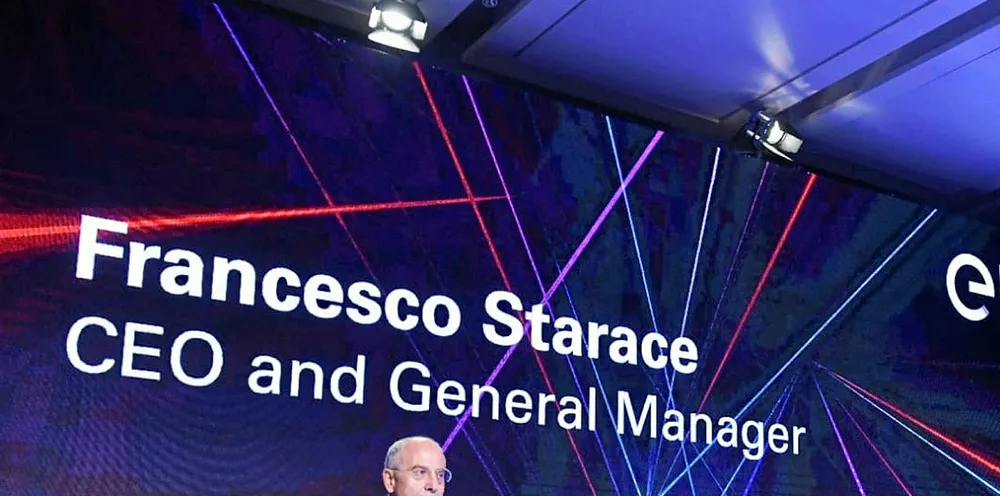'Better to face an oil giant than a crazy developer': Enel CEO sets 'renewables supermajor' goal
Italy-based group hopes to triple capacity to 145GW by end of decade in market where 'everyone is having a try'

Italy-based group hopes to triple capacity to 145GW by end of decade in market where 'everyone is having a try'
